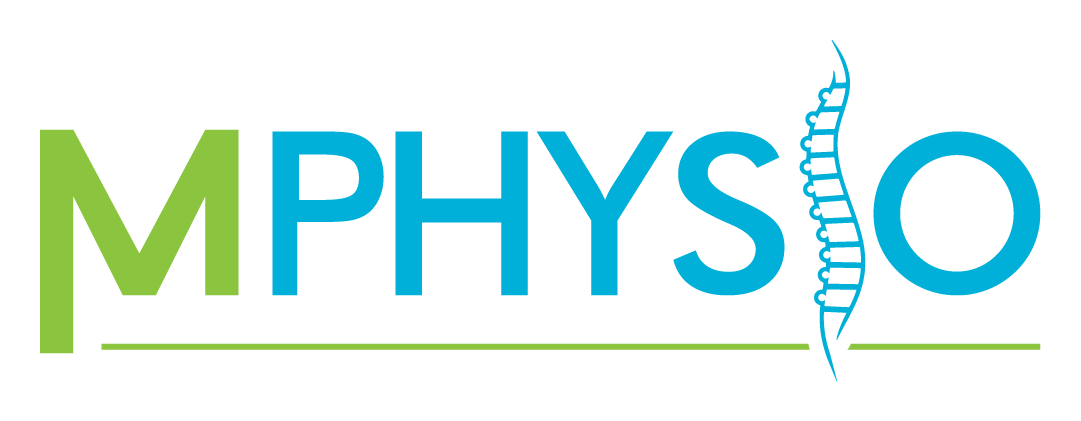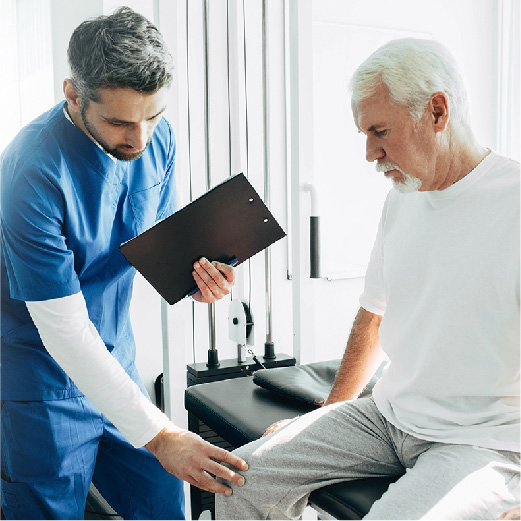What are the Knee Ligaments?
Ligaments are fibrous bands of soft-tissue that attach one thing to another in our body. In most cases, this is bone-to-bone. They are very rigid in nature, meaning they are very strong but will not stretch. In the knee joint, there are 4 main ligaments that prevent certain movements of the knee. The knee joint is designed to primarily flex and extend (bend and straighten), but it isn’t designed to move side-to-side, and the two bones aren’t supposed to slide forwards or backwards from each other.
The Medial Collateral Ligament (MCL) attaches from the middle of your femur (thigh bone) to the middle if your tibia (shin bone). It is designed to prevent any valgus movement (where the knee bends inwards). This ligament is quite broad, and is commonly injured in sporting movements. The Lateral Collateral Ligament (LCL) is on the outside of your knee, this runs from your outer femur to your outer fibula (on the outside of your lower leg). The LCL is designed to prevent any Varus movement (when the knee bends outwards during movement. The LCL is much thinner than the MCL.
The cruciate ligaments are located inside your knee joint, and get their name from the way that they cross over each other. The Anterior Cruciate ligament (ACL) starts posteriorly on the base of the femur and travels to insert anteriorly on the top of the tibia. Its alignment therefore will prevent any excess forward movement of the tibia against the femur. Conversely, the Posterior Cruciate Ligament (PCL) will work in the opposite direction to prevent the tibia from travelling backwards against the femur. Injury to both of these ligaments can have considerable impact on the function of your knee, and may require surgical intervention.
What caused my Ligament Tear?
The ligaments in your body are designed to resist forces in certain directions, however when this force is greater than what the ligament can resist, they can get strained or torn. Normal everyday activities are unlikely to cause enough force to injure the ligaments in your knees, this would normally happen when the knee bends a direction it cannot go, or when excess force is applied to the knee.
The MCL and LCL are most commonly injured when lateral, or sideways force, is applied to the knee. This might be when someone is ‘side-stepping’ in sport, or they may be tackled around the knees from either side. The ACL is commonly injured while the leg is planted and pivoting, or turning at speed. The PCL is most commonly injured when the knee is hyper-extended or when force is applied to the shin, forcing it backwards. If significant force is applied to the knee, it is common for multiple ligaments to be injured at once.
How can you help me with my Ligament Tear?
Your physiotherapist will take a detailed history in order to correctly diagnose you knee injury. The physical assessment will look at the stability of the knee, as well as the hip, ankle foot and surrounding structures in order to determine the best treatment plan for you. Treatment of knee ligament injuries is dependent on the severity of the tear. Full ligament ruptures may require surgery to be able to fully recover. Lower grade ligament injuries may require a period of immobilisation but should heal well with conservative management. Your physiotherapist will be able to guide you on the pathway that you should take, and organise any referrals that might be required.
In the case of surgery, physiotherapy rehabilitation is critical in order to return the knee to full function and prevent any recurrence as you return to full activity. When surgery isn’t required, your physiotherapy plane will likely involve manual therapy techniques to help restore full knee range of movement, you will also be given a strengthening program, that will improve the knees function and help return you to full function.
What should I do to avoid aggravating my Ligament Tear?
- AVOID activities that aggravate your pain until you have seen your physiotherapist
- AVOID running or high impact activities, especially activities that require sudden stopping or changes of direction.
- REMAIN ACTIVE, while avoiding aggravating activities.
- For RELIEF, apply ice to the site of pain. Wrap the ice to avoid direct contact with your skin
- For RELIEF, apply a gentle compression bandage to the injured area, and elevate the leg to reduce swelling to the area.
- RECEIVE physiotherapy care to get your joints, ligaments, and muscles performing to their optimum level
Keep good care of your body and your physiotherapist will continue to monitor your condition. Once your Ligament Tear has resolved you will be able to resume your full activities without worrying about future flare-ups.


